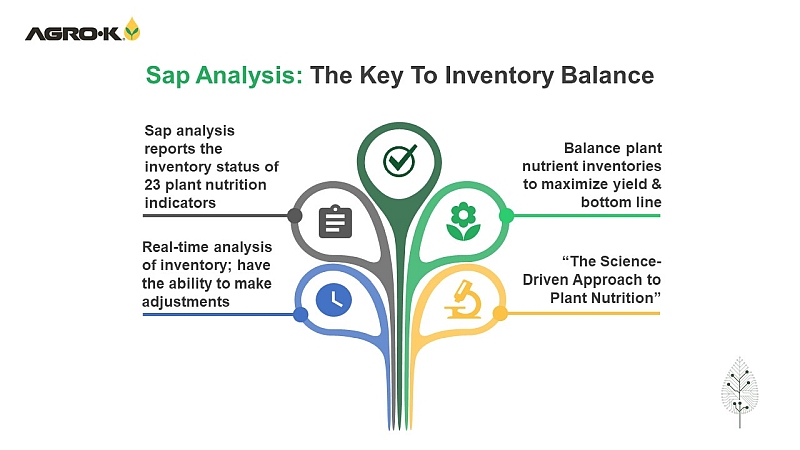Lack of Orchard Access Presents Sanitation Problems in Nut Crops
It’s often said a person’s most valuable ability is availability, so it stands to reason that the most valuable attribute of an orchard is accessibility. You can’t fix problems in an orchard if you can’t get in there.
While that may seem fairly obvious in hindsight, it came as a bit of a surprise to University of California Cooperative Extension (UCCE) researchers who conducted a poll over this past winter to sound out nut growers on navel orangeworm (NOW) management. The insect is the top pest for both almond and pistachio growers and also presents problems for walnut growers.
The poll was developed by Phoebe Gordon, Orchard Systems Advisor, Madera and Merced counties, and Houston Wilson, Integrated Pest Management (IPM) Specialist, with input from UCCE IPM advisors. It was funded by industry boards for each of the state’s three major nut crops.
GROWER MEETINGS
The poll was conducted at seven UCCE grower meetings in the San Joaquin and Sacramento valleys, with orchard owners, ranch managers, and pest control advisers (PCAs) answering questions about NOW monitoring methods and management practices to gain a clearer picture.
“It’s important for everyone to know what’s going on with navel orangeworm – especially Extension,” Gordon says. “We need to know what is and isn’t working to guide research efforts.”
The poll had some limitations, Gordon says, in that the only respondents were those at the meetings, which is rather a small sample. Also, it was not exhaustive because she didn’t want to burden growers at the meetings.
In addition, because of COVID-19, the poll had to be cut short so they couldn’t conduct the poll at two of the meetings held in the Southern San Joaquin Valley. That likely have had an effect on the results, especially regarding sanitation, as the North San Joaquin Valley and Sacramento Valley both get more rain than the South San Joaquin Valley.
Nonetheless, Gordon says she was somewhat surprised by the growers’ responses regarding sanitation. The reason for the interest in sanitation is that it’s the most effective means growers have of avoiding problems with NOW, the most damaging insect pest they face.
“You’ve got to get the mummies out of the trees because (NOW) larvae mortality is higher when nuts are on the ground, and you should shred them anyway, though it is tough to shred pistachio mummies,” she says.
AFLATOXIN CONCERNS
NOW is a big problem not just because of the physical damage to the nuts, it is correlated with aflatoxin, a toxic compound produced by molds that can develop in NOW-damaged nuts.
Gordon had expected cost to be the biggest barrier for growers in achieving good sanitation. In the past, many growers have bemoaned the costs of labor and/or equipment. But in the poll, just 30% of the growers cited labor/equipment costs as the biggest, and just under 20% cited labor/equipment availability.
By far the most common response – growers were asked to choose all those that apply – was the difficulty of orchard access. It wasn’t even close, as the lack of access was cited by more than 50% of growers. “From a research perspective that’s intriguing,” says Gordon. “I thought it would be cost, not access.”
It raises a number of questions for researchers, she says. For example, can growers make more use of cover crops to help get into orchards’ wet areas? Do growers need lighter equipment to get into the orchards in bad weather? Does the industry need to come up with more novel ways to sanitize orchards and reduce the threat of NOW?
There is no question growers are concerned about NOW. According to the survey, fewer than 10% of growers said the efficacy of sanitation is unclear. “At least they believe me,” says Gordon.
Gordon says she and Wilson hope to do a broader survey in the future, perhaps conducting it by mail. They hope to take a deeper dive with more nuanced questions while getting more feedback from growers in the Southern San Joaquin Valley.










